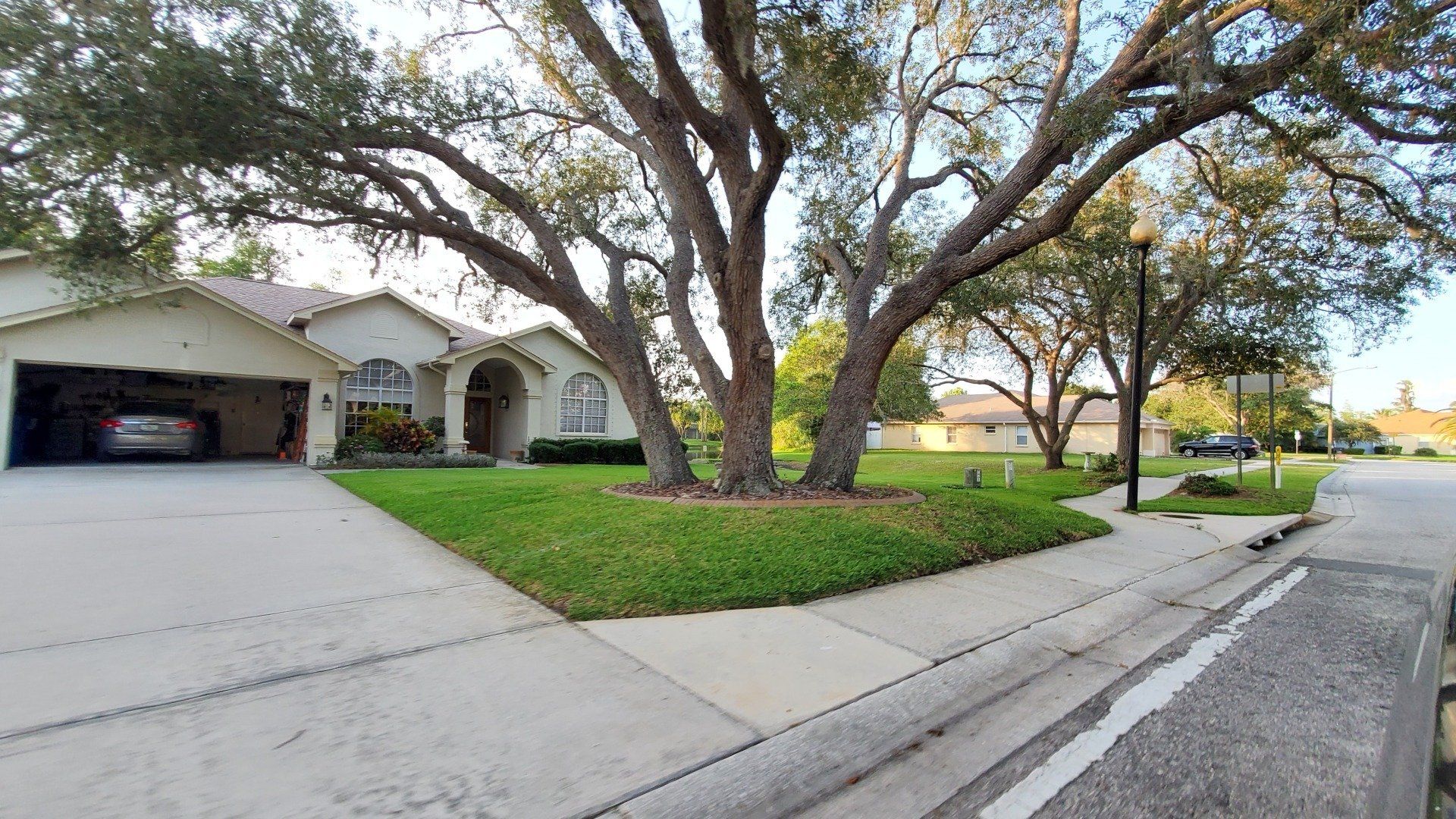How will AI integrate with mortgages
Didier Malagies • June 5, 2025
✅ What AI Will Do in Mortgages:
- Speed Up Approvals & Underwriting:
- AI can instantly verify income, assets, and credit.
- It reduces manual errors and shortens approval time from days to hours.
- Enhance Risk Assessment:
- Lenders use AI to evaluate risk more precisely, especially for non-traditional borrowers (e.g., gig workers, freelancers).
- Improve Customer Experience:
- Chatbots and virtual assistants handle common questions 24/7.
- Personalized loan options and real-time updates via apps or portals.
- Detect Fraud:
- AI is excellent at spotting red flags in documentation or transaction patterns.
- Automate Paperwork:
- AI can auto-fill forms, read legal documents, and streamline disclosures.
❌ What AI Won’t Do (Yet):
- Replace Human Loan Officers Entirely:
- Borrowers still want a human guide for major financial decisions.
- Emotional support, judgment calls, and trust still require human touch.
- Understand Complex Situations Fully:
- Edge cases like self-employed income, family co-borrowers, or mixed credit histories need human interpretation.
- Replace Regulatory Oversight:
- Compliance and legal accountability still rely on humans to interpret nuanced and changing rules.
🔮 Looking Ahead:
- Hybrid mortgage models (AI + human advisors) are becoming the norm.
- Lenders that use AI wisely will be faster, cheaper, and more customer-friendly.
- Borrowers may not realize how much AI is helping behind the scenes.
Have A Question?
Use the form below and we will give your our expert answers!
Reverse Mortgage Ask A Question
Start Your Loan
with DDA todayYour local Mortgage Broker
Mortgage Broker Largo See our Reviews
Looking for more details? Listen to our extended podcast!
Check out our other helpful videos to learn more about credit and residential mortgages.

If the **Federal Reserve cuts interest rates by 0.25% and simultaneously restarts a form of quantitative easing (QE) by buying about $40 billion per month of securities, the overall monetary policy stance becomes very accommodative. Here’s what that generally means for interest rates and the broader economy: 📉 1. Short-Term Interest Rates The Fed’s benchmark rate (federal funds rate) directly sets the cost of overnight borrowing between banks. A 0.25% cut lowers that rate, which usually leads to lower short-term borrowing costs throughout the economy — for example on credit cards, variable-rate loans, and some business financing. Yahoo Finance +1 In most markets, short-term yields fall first, because they track the federal funds rate most closely. Reuters 📉 2. Long-Term Interest Rates Purchasing bonds (QE) puts downward pressure on long-term yields. When the Fed buys large amounts of Treasury bills or bonds, it increases demand for them, pushing prices up and yields down. SIEPR This tends to lower mortgage rates, corporate borrowing costs, and yields on long-dated government bonds, though not always as quickly or as much as short-term rates. Bankrate 🤝 3. Combined Effect Rate cuts + QE = dual easing. Rate cuts reduce the cost of short-term credit, and QE often helps bring down long-term rates too. Together, they usually flatten the yield curve (short and long rates both lower). SIEPR Lower rates overall tend to stimulate spending by households and investment by businesses because borrowing is cheaper. Cleveland Federal Reserve 💡 4. Market and Economic Responses Financial markets often interpret such easing as a cue that the Fed wants to support the economy. Stocks may rise and bond yields may fall. Reuters However, if inflation is already above target (as it has been), this accommodative stance could keep long-term inflation elevated or slow the pace of inflation decline. That’s one reason why Fed policymakers are sometimes divided over aggressive easing. Reuters 🔁 5. What This Doesn’t Mean The Fed buying $40 billion in bills right now may technically be labeled something like “reserve management purchases,” and some market analysts argue this may not be classic QE. But whether it’s traditional QE or not, the effect on liquidity and longer-term rates is similar: more Fed demand for government paper equals lower yields. Reuters In simple terms: ✅ Short-term rates will be lower because of the rate cut. ✅ Long-term rates are likely to decline too if the asset purchases are sustained. ➡️ Overall borrowing costs fall across the economy, boosting credit, investment, and spending. ⚠️ But this also risks higher inflation if demand strengthens too much while supply remains constrained. tune in and learn https://www.ddamortgage.com/blog didier malagies nmls#212566 dda mortgage nmls#324329




